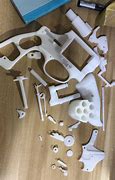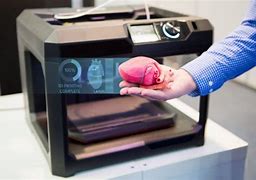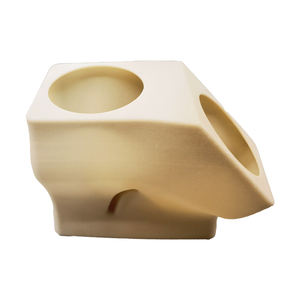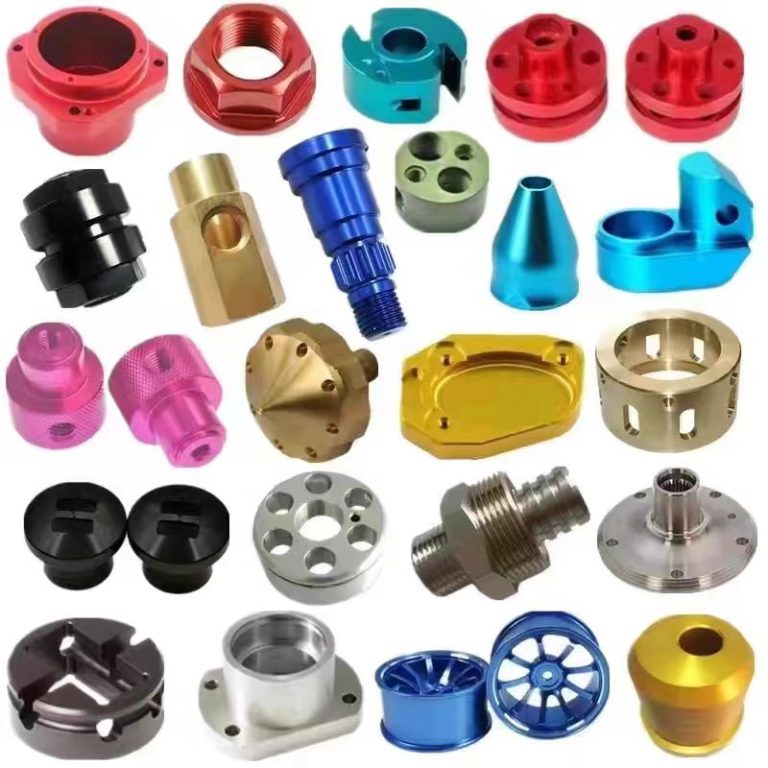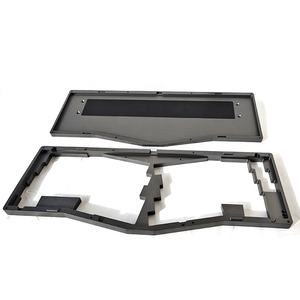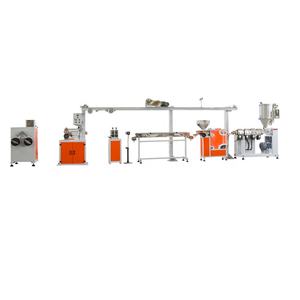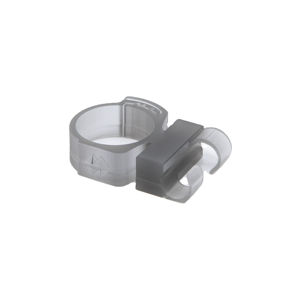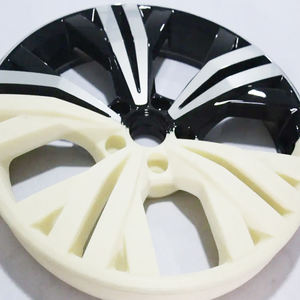Discover a professional 3D printing powder supplier
**”Metal Magic: How Much Does 3D Printing Really Cost?”**
(what does it cost to create and print 3d metal parts)
Curious about 3D metal printing? Maybe you’ve seen shiny prototypes or intricate industrial parts and wondered, “What’s the price tag for turning digital dreams into metal reality?” Let’s pull back the curtain. The cost isn’t a one-size-fits-all number. It’s a mix of design complexity, materials, machines, and elbow grease.
Start with the design. Every 3D-printed metal part begins as a digital blueprint. Simple shapes—like brackets or basic tools—are cheaper to model. Complex designs—think aerospace components with hidden channels or lattice structures—require advanced software and skilled designers. Custom work adds hours, and hours add dollars. Free software exists, but professional tools like CAD programs can cost thousands yearly. Don’t forget testing. A flawed design might mean printing twice, doubling your bill.
Next up: materials. Metal powder fuels this process. Common choices include stainless steel, aluminum, and titanium. Stainless steel is budget-friendly, around $50-$100 per kilogram. Titanium, loved for its strength and lightness, jumps to $300-$600 per kilogram. Specialty alloys? Even pricier. Waste matters too. Some processes, like selective laser melting, recycle unused powder. Others leave half the material as scrap. More waste means buying more powder.
Then there’s the machine. Industrial 3D metal printers aren’t desktop toys. They cost anywhere from $100,000 to over $1 million. You’re not buying one, of course—most people rent printer time. Rates depend on the machine’s size and precision. A small part might take hours. A large, detailed piece could hog the printer for days. Hourly rates range from $75 to $500. High-end machines with lasers fine enough to craft microlattices charge premium prices.
Labor sneaks into the bill too. Operators monitor prints, tweak settings, and handle post-processing. After printing, parts often need support structures removed. This is done by hand or with CNC machines. Then comes sandblasting, polishing, or heat treatment to strengthen the metal. Each step adds time and cost. A rough surface might need hours of sanding. Heat treatment requires specialized ovens and technicians.
Volume plays a role. Printing one prototype is expensive. Printing 100 units spreads costs thin. Traditional manufacturing methods like casting become cheaper at scale. 3D printing shines for small batches or custom parts. Need a single turbine blade? 3D printing wins. Need 10,000 screws? Stamping or casting is smarter.
Location matters. Printing in a high-tech lab in Silicon Valley costs more than outsourcing to a facility in Eastern Europe or Asia. Shipping heavy metal parts isn’t free, though. Balance local convenience with global savings.
Hidden costs? Oh yes. Failed prints happen. A power flicker or software glitch can ruin hours of work. Good labs factor this into pricing. Others charge extra for do-overs. Always ask about warranties or guarantees.
What about finish? A raw, matte part might be ready to use. A polished, mirror-like surface needs extra steps. Coatings for corrosion resistance or color add more. Fancy finishes aren’t just for looks—they protect the metal in harsh environments.
Maintenance is another sneaky expense. Printers need regular calibration. Lasers degrade. Dust and metal particles demand cleanroom conditions. Facilities bake these costs into their rates.
So, what’s the final number? A tiny stainless steel gear might cost $50. A titanium medical implant could hit $5,000. A large aluminum aerospace component? Tens of thousands. The magic of 3D metal printing is its flexibility. It’s not cheap, but for complex, custom, or low-volume parts, it’s often unbeatable.
(what does it cost to create and print 3d metal parts)
Want a precise quote? Share your design with a reputable lab. They’ll break down material needs, machine time, and post-processing. The price might surprise you—or it might inspire a redesign. Either way, you’re holding the future in your hands.

